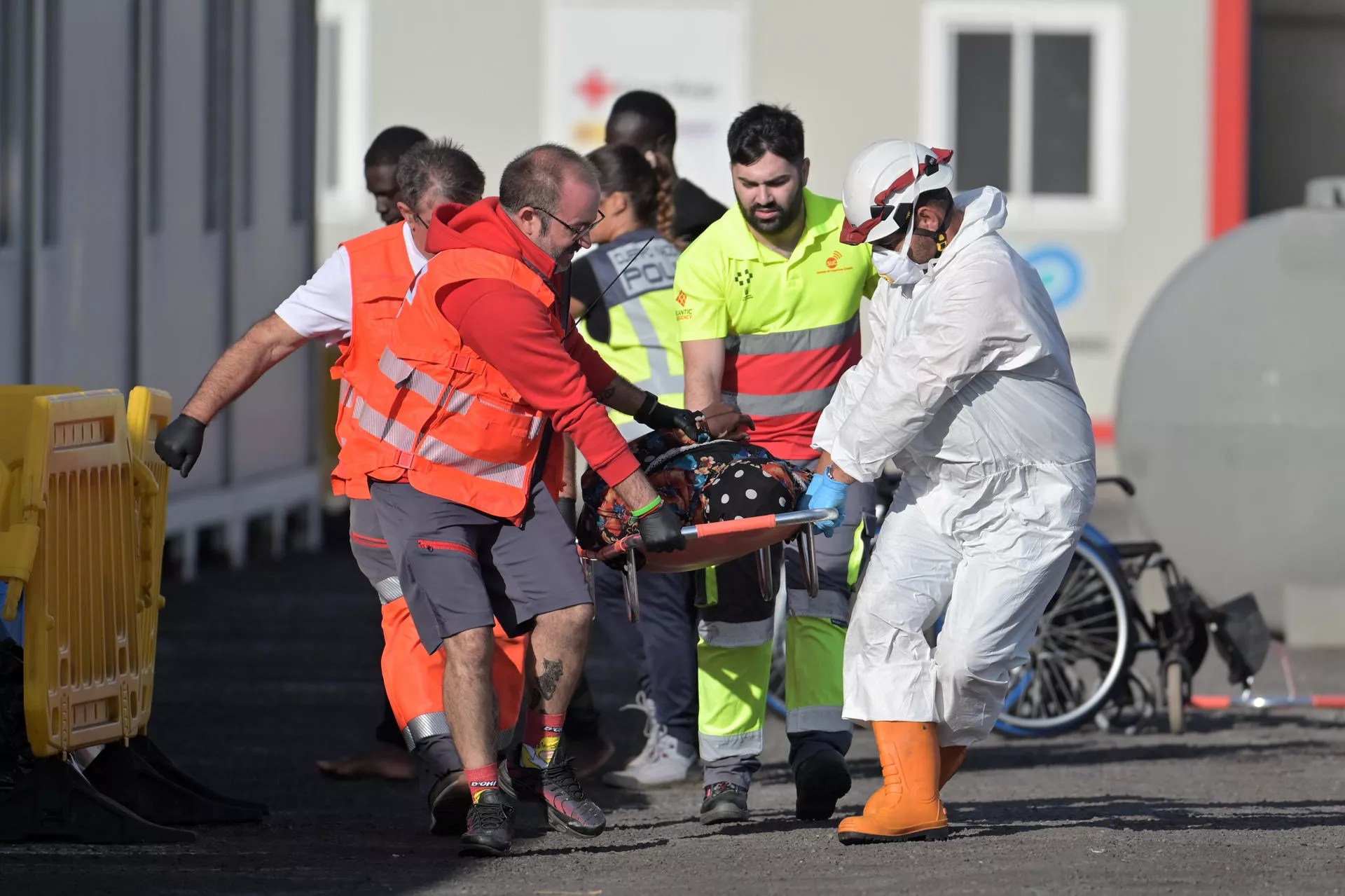Unrelated to the controversy surrounding the Francoist monument in Santa Cruz and a recent court ruling. The monument that previously stood in Güímar Town Hall Square, honouring those who died in the Civil War (on the side of the “national” rebels), has disappeared in recent days. Originally planned to be relocated to the municipal cemetery (a secular location), it was ultimately dismantled using power tools to make way for the square’s renovation.
This move came after a resident urged the local authorities to remove this symbol, which contravenes the Law of Democratic Memory. Furthermore, the street’s name will be changed to Alférez Luis Hernández Bertrán de Lis, the highest-ranking güimarero (lieutenant) in the Civil War within the faction that staged the coup alongside Franco, Mola, and others.
The monument, designed by architects Tomás Machado Méndez and Fernández de Lugo, was erected purportedly as a representation of local history. These architects were also responsible for the façade of the Cabildo de Tenerife, the Post Office building, the cross in Plaza de España in Santa Cruz de Tenerife, and the Güímar cemetery’s façade.
In 1984, during the PSOE government in the council, some Francoist symbols were removed from the monument, including the yoke, the arrows, the laurel wreath, and the engraved name of José Antonio Primo de Rivera, leaving only the names of the deceased born in the municipality under the title: Güímar, to those who fell in the Civil War. This action made the town the first in the Canary Islands to eliminate Francoist symbols well before the enactment of the Historical Memory Law, almost 20 years later.
“THESE SYMBOLS VIOLATE THE LAW”
With the introduction of the Historical Memory Law in 2007, the removal of the monument became a genuine possibility. Despite the modifications in the 1980s, a Güímar resident and former local councillor from the 1990s, Gonzalo Hernández, demanded in 2018 the complete removal of the monument and the renaming of the street, arguing that these monuments glorify the military uprising.
Although the initial request was unsuccessful, its repetition in 2022, under the current CC and PSOE government, and with the updated Law of Democratic Memory in effect, led the governing body, following a detailed analysis, to decide to demolish the monument and initiate the process of renaming the street to Alférez Luis Hernández Bertrán de Lis.
Jose Miguel Hernández Fernández, the councillor for Social Services and Equality in the municipality, declared yesterday that the government had adhered to the Law of Democratic Memory. He mentioned that “this dictates that public administrations must carry out such removals autonomously, but in this case, it was at the request of a citizen,” referring to the neighbour’s request. The councillor proceeded with the removal of both elements after the rest of the local government determined that “they infringed the Law of Democratic Memory.”
Gonzalo Hernández, the resident who submitted the formal request to the council for removing these symbols, stated yesterday that “seeing the monument daily on his way to work raised doubts.” After reviewing the local archives, the former councillor confirmed that the names on the monument were of individuals involved in the 1936 coup. “They weren’t all the names of those who perished in Güímar, but rather figures associated with the coup,” he specified.
“I filed a request stating that these elements violated the Memory Law. The first request received no response. The second, submitted in 2022, was accepted by the authorities,” he explained. Hernández expressed satisfaction with the outcome, although he couldn’t comprehend “why this issue had to be so contentious.” He argued that “there is a law that must be respected, and these symbols clearly flouted it.”
The site where the monument stood for over 80 years now stands empty, symbolising a seemingly concluded chapter in Güímar’s history. As citizens and officials navigate the realms of historical memory, the discussion on how to commemorate the past remains ongoing.
















